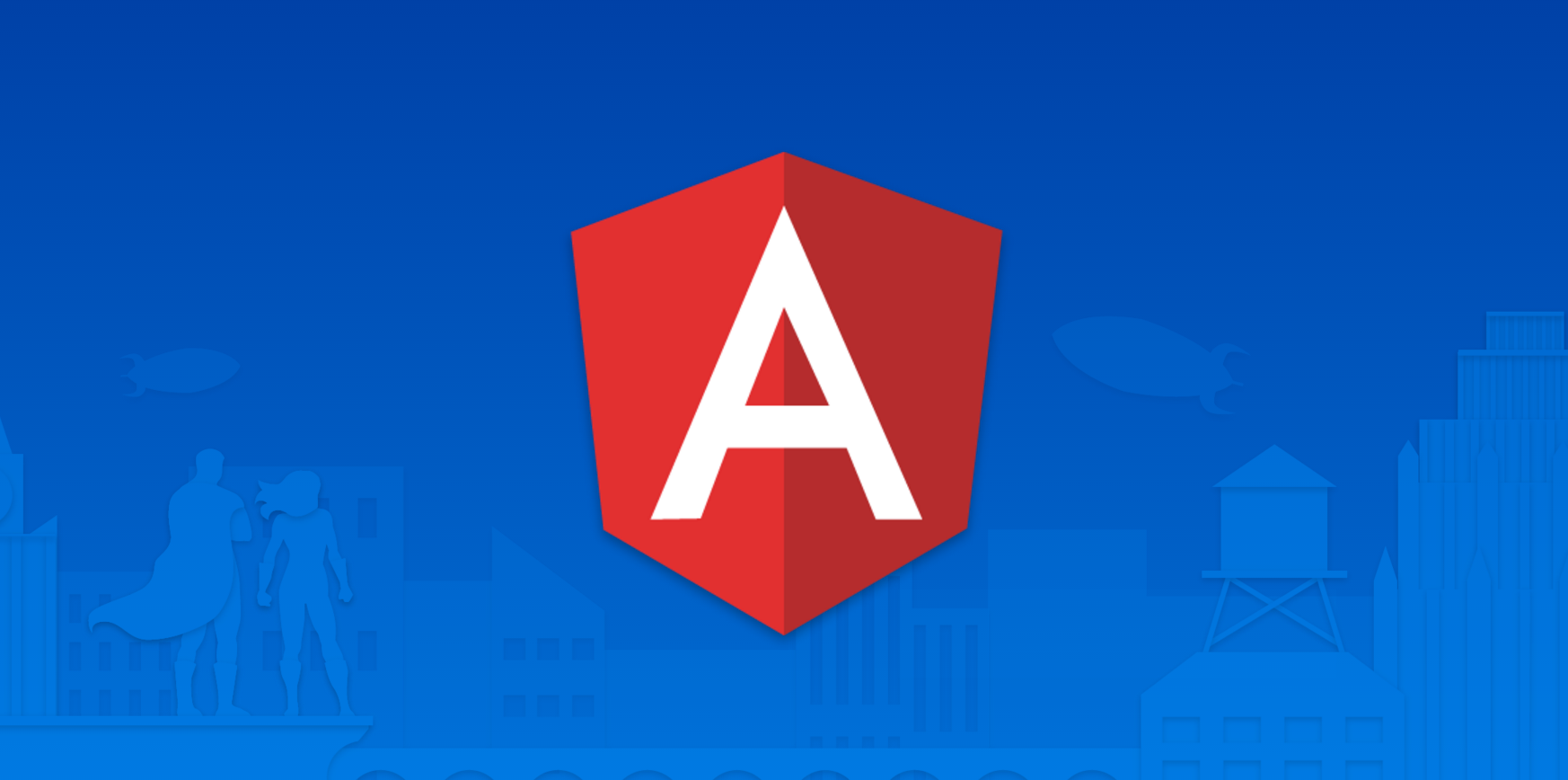

We start by building it in static HTML, CSS and Vanilla JS to show the simplicity of the core modal code, and then build it in Angular with the modal component, service and module used in the example.

APPBOX ANGULAR 2 HOW TO
This video shows how to build the custom modal window functionality in Angular from scratch.
APPBOX ANGULAR 2 INSTALL
To do this first install the Angular CLI globally on your system with the command npm install -g more info on setting up your local Angular dev environment see Angular - Setup Development Environment. NOTE: You can also start the app with the Angular CLI command ng serve -open. Start the application by running npm start from the command line in the project root folder.Install all required npm packages by running npm install or npm i from the command line in the project root folder (where the package.json is located).Download or clone the project source code from.Running the Angular 10 Custom Modal Example Locally Here it is in action: (See on StackBlitz at )

I was surprised at the relatively small amount of code required to implement a modal window, most of the 'magic' is done with a handful of styles in the stylesheet, while Angular is just used for showing and hiding the modal windows. There are plenty of plugins and libraries out there that include modal windows but they can add unnecessary bloat to an Angular app, so a while ago I took some time to implement a custom modal window to see how difficult it would be and also to remove the magic & mystery I had in my mind about exactly how modals work. The tutorial code is available on GitHub at. The example is a custom modal without the need for any extra 3rd party plugins. In this tutorial we'll cover how to implement modal windows (dialog boxes) in Angular 10.


 0 kommentar(er)
0 kommentar(er)
